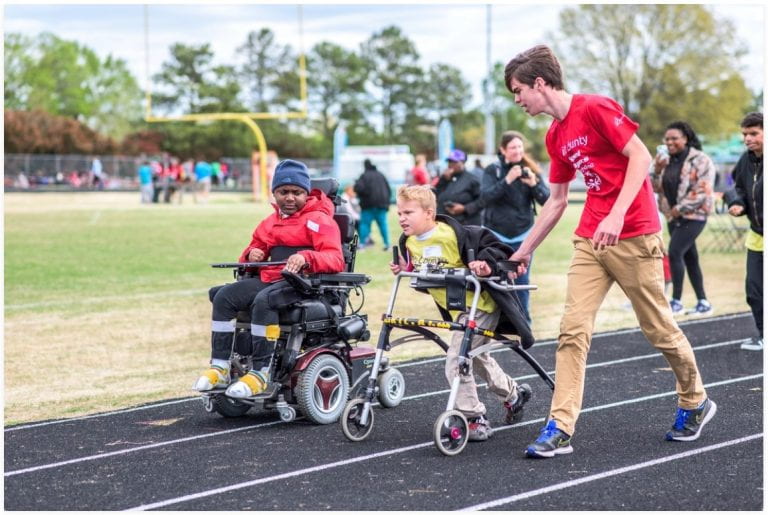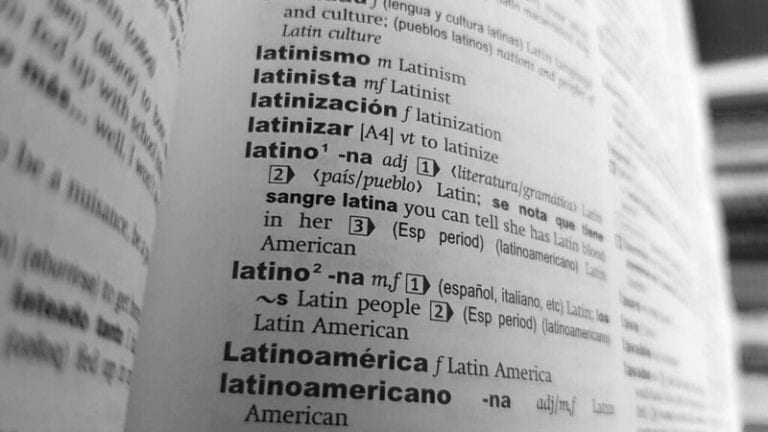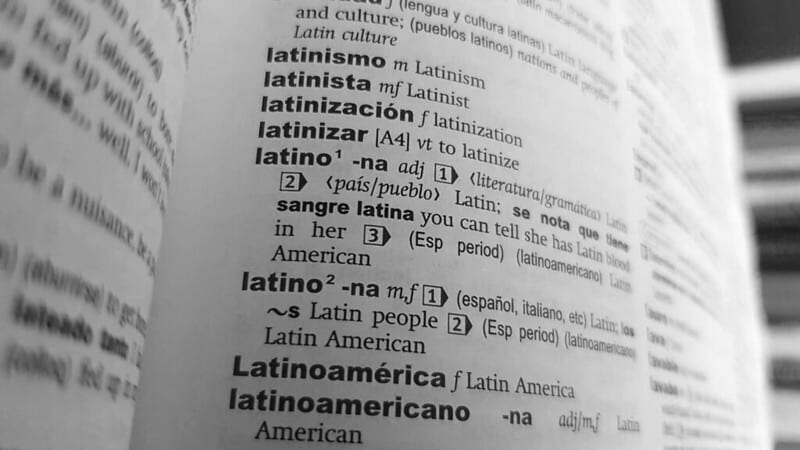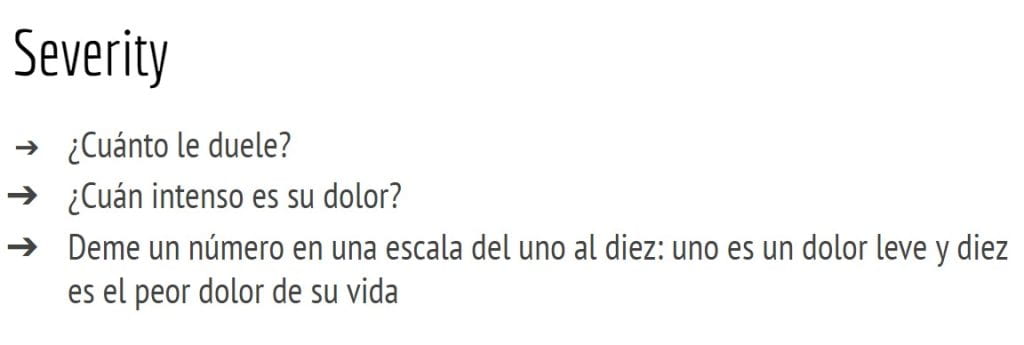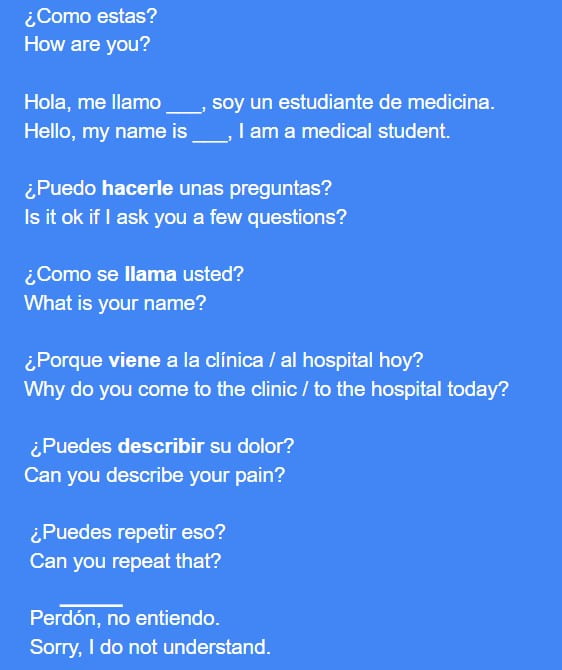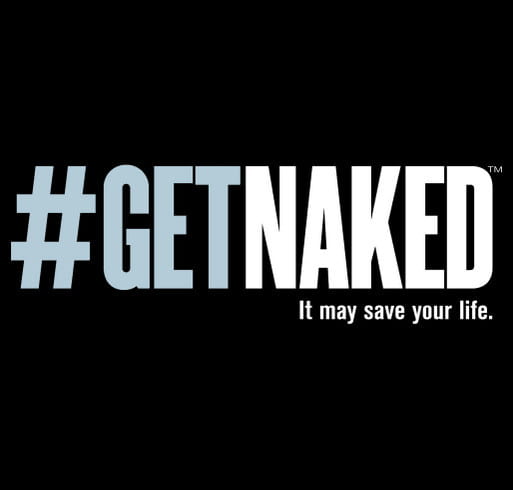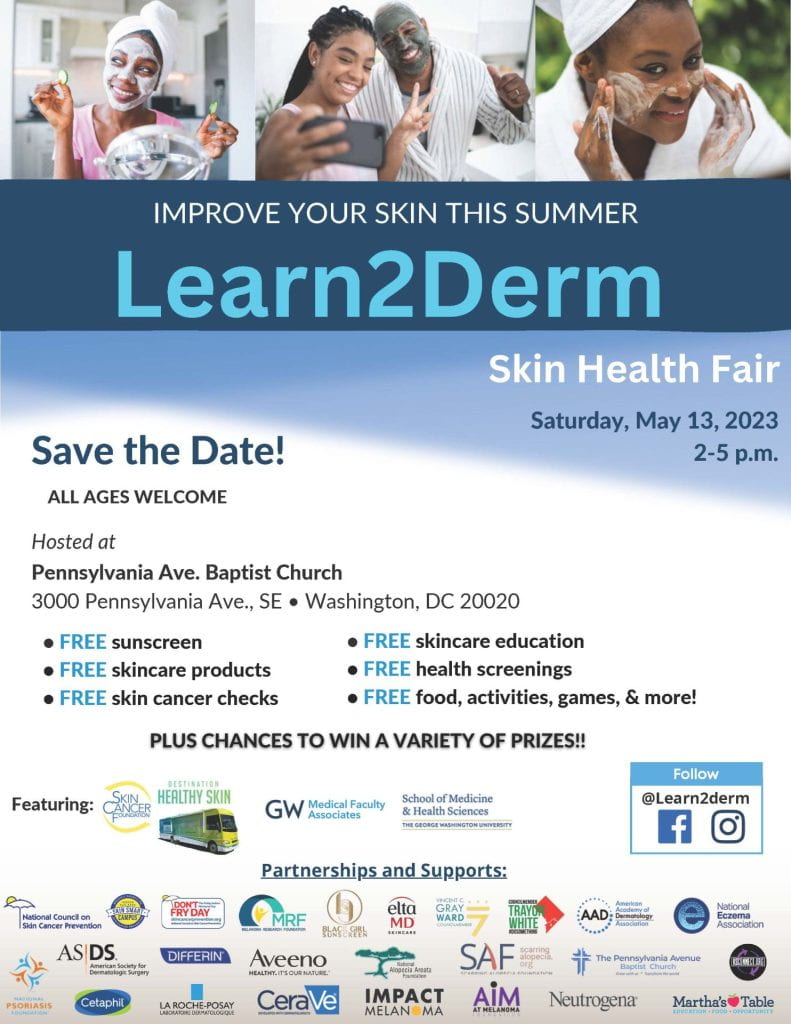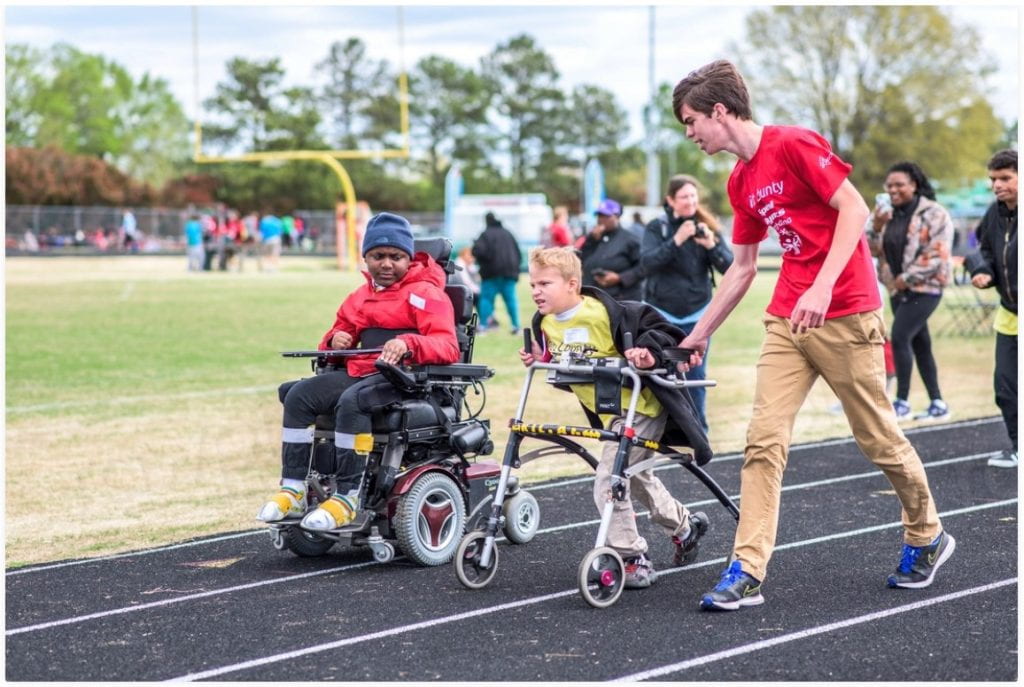
Students at GW are doing great things both in the classroom and outside of it. For our ongoing series of spotlights on student organizations, I spoke with Arinze Okeke and Nikki Karri, both of whom are first-year med students, and also the co-presidents of KEEN at GW.
KEEN stands for Kids Enjoy Exercise Now, and the chapter at GW is part of a larger organization which has provided free programs for fitness and recreation for youth with disabilities since 1992.
Volunteers from GW, who are known as coaches, sign up on KEEN’s email list, and then volunteer one of three Saturdays a month to help out with the program. KEEN invites youth between the ages of approximately ten and 20 years old with all types of disabilities to come to a gym or pool and be paired with a coach or coaches. Students from GW’s KEEN chapter, as well as other area universities, serve as coaches for the activity selected by each young participant.
Arinze explained how participants join the KEEN program: “To get involved, kids fill out a profile stating their likes and dislikes, what activities calm them down, and what they like to do for fun. Sometimes their parents are involved in helping complete the profile.”
Nikki explained how coordination occurs between the coaches and the participants in KEEN, who are known as athletes. “After we recruit our coaches, we work with the KEEN Greater DC area program director, who’s in charge of both us as coaches, and also the athletes.” KEEN provides a list of athlete abilities and activity preferences, based on the first-hand account collected in the athlete questionnaire. “Beth [KEEN’s program director] knows us and the athletes, so she’ll pair us up based on how well she thinks we’ll fit.” With newer coach volunteers, Nikki continued, “Beth will pair them with the athletes she thinks will be a good fit.” Each Saturday session lasts three hours, during which coaches cycle through working with different athletes and different age groups on an hourly basis.
The range of disabilities represented by KEEN athletes is wide, Nikki reported. “Some of them are nonverbal, and a lot of them have intellectual or physical disabilities.”
Once athletes have been matched with a coach, Arinze says, “We hang out with them, play sports with them – whatever they want to do for the hour we’re together.” Nikki elaborates, “Athletes are new to the activities, and they can try things out. While our involvement is solely with coordinating volunteers for the sport and swim activities, KEEN is not only sports. There are different activities offered throughout the week.”
Before each session, the coaches gather, and Beth or one of her coordinators will hand coaches their papers. Arinze describes what happens next: “We have some time to read through the first-hand account of each athlete’s characteristics, and maybe talk to other coaches who’ve worked with them. Because typically there are people who have worked with them before, who know their likes and dislikes.”
I asked Nikki whether there is a constant flow of new athletes joining KEEN. “Most are repeat athletes. Some of them even come with their siblings, so that’s very fun. And there are people who won’t come on a given week and then you see them later and say, ‘Oh my gosh, I missed you!’” Occasionally new athletes also join the program.
In terms of coach volunteers, Nikki explained that a maximum of ten students can sign up for each weekend’s session, in order to ensure a correct ratio of coaches to athletes. “Depending on whether it’s a heavy week with tests and stuff, sometimes we’ll have six or eight people, but sometimes if it’s a test-heavy week it will be [fewer].” Arinze says that the ratio of coaches to athletes is either one on one, or sometimes more than one coach is assigned to an athlete.
Coaches participating in KEEN come from GW and other area universities. Arinze has met KEEN coaches from Howard University’s medical school. Additionally, coaches from area schools may come from undergraduate programs and disciplines other than medicine.
I asked Arinze and Nikki what drew them to becoming involved with KEEN. For Arinze, mentorship is something he has always been drawn to. During his gap year, he had a unique opportunity to be a second grade special education teacher in Southeast DC. He appreciated “being able to spend time with the kids I had on my caseload, day in, day out, [understanding] what each of them specifically learns, what each of them specifically needs to flourish, because it will look different from the full class, but it will also look different across each individual kid on the caseload.”
Arinze found it rewarding to learn “the small things that make a huge difference in the kids’ learning, their confidence, and their experience of school itself.” Having a disability of any type, he reflected, “can get really discouraging. You can get down on yourself. So I was really glad that I was able to encourage them through the process.”
The mentorship aspect is also one that drew Nikki to become involved with KEEN. Throughout high school and her undergraduate studies, she had volunteered working with the elderly at a nursing home. Eventually, she made the transition to working with children, “doing equine and hippotherapy – working with kids and horses.” She saw how their interactions helped make kids’ days better, and shaped and improved their overall well-being.
In terms of their involvement with KEEN and its influence on their eventual choice of specialty, Nikki said that working with KEEN “pushed me towards pediatrics. I’m between peds and other fields, but I think KEEN really solidified my choice of peds as one of my top contenders.” Arinze is thinking about family medicine: “That would incorporate working with kids and adults. Just because I definitely feel drawn to the mentorship aspect, being a positive adult influence is important.”
While some other KEEN coaches are interested in pediatrics, Nikki says, the activity is also a draw for students because it carves time out of the week to “do sports, do something completely different than medicine, but still being able to use your skills and build your people skills.”
In terms of what KEEN’s co-presidents are looking for in potential coaches, Arinze emphasizes, “Just being interested in helping the kids is what we need. Being interested and enthusiastic is what we’re looking for at KEEN.” Nikki adds, “All coach volunteers are provided training prior to their first session. We are open to everyone – be self-motivated and willing to help.”

